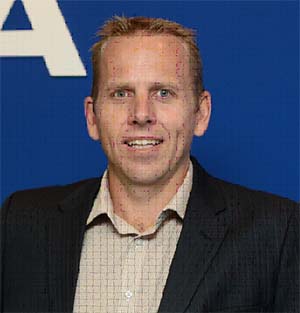The ability to move instantaneously between two places – or even to be in two places at once – has long been a dream of science fiction.
 By Deon Geyser, head of Southern Africa and Vodafone Africa market unit at Nokia
By Deon Geyser, head of Southern Africa and Vodafone Africa market unit at Nokia
While it’s unlikely to become a physical reality any time soon, technology has indeed found a way to make it possible for us to be in two places at once virtually, opening up an incredible opportunity for people in every part of the world.
On 5 July, South African President Cyril Ramaphosa delivered his opening address at the inaugural 4IRSA (fourth industrial revolution, South Africa) digital summit via hologram. Excitingly, this was one of the first-ever live holographic broadcasts of a head of state, anywhere in the world.
We’ve been talking about the promise of the fourth industrial revolution (4IR) for a while now, but maybe not specifically in the context of Africa. And yet our continent – with its vast distances, huge human capital, and appetite for innovation – presents huge opportunities both to benefit from and to help develop 4IR.
Aside from partnering with the South Africa Department of Communications and Digital Technologies, Vodacom, I-mmersive, Musion Africa and ERP to stream Mr. Ramaphosa’s speech using a hologram, Nokia has also reaffirmed its leadership in 4IR with another first for South Africa in the past week.
At the Vodacom Durban July horse racing event, Vodacom showed off Africa’s first live 5G data session on a commercially-ready 5G mobile phone using Nokia’s AirScale 5G radio network solution. Complementing the Stars of Africa theme of the event, Vodacom demonstrated the first hologram carried over a commercially-ready 5G network in Africa, streaming live karaoke performances of guests at the Vodacom paddock.
For us at Nokia, the possibilities of this technology far outstrip the ability to make the most of a politician’s time or to enjoy the admittedly talented performances of enthusiastic karaoke singers: just imagine what such a technology could deliver for education, healthcare, industry, and commerce, particularly in parts of the world that are sparsely populated or where physical infrastructure is limited.
5G is clearly going to be the main enabler of the 4th Industrial Revolution and the future will belong to those organizations that quickly grasp the importance of developing the right use cases for 5G and understanding how to employ these to improve the livelihood and well-being of communities worldwide.
